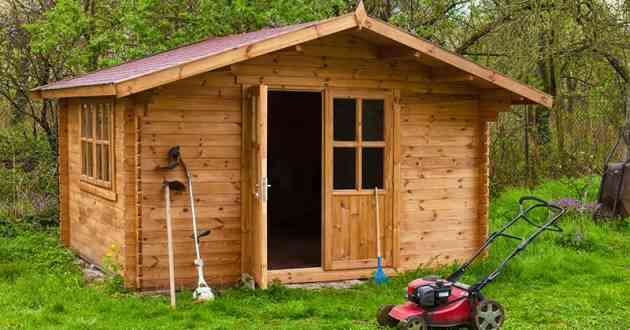Designing A Magical Place

In the gardening world, bigger is often thought to be better—blousy peonies, so heavy they bend under their own weight…
In the gardening world, bigger is often thought to be better—blousy peonies, so heavy they bend under their own weight… Casa Blanca lilies on stems that rise to the height of children.... These are what make many gardeners’ eyes light up. But enter the world of the fairy garden—a display of dainty specimens often made smaller through trimming and division to mimic the trees, shrubs, and plantings of the larger world on a magically reduced scale—and you will be charmed on a new level.
Bend low, peer down a pathway of small Boxwoods trimmed Bonsai-style to create a hedgerow, pass by a self-shaping pillow of Thrift that leads to the door of a tiny cottage and sends up flowers that look like globe Allium to Lilliputians, and you will get a glimpse into a world of fairies and tiny creatures that transforms even the most hardened adult into a wide-eyed child. This, I like to remind friends, is the art of arranging fairy garden plants.
Miniature gardening, long-enjoyed in Asia and Europe, takes a number of forms from Bonsai shaping to Alpine gardening to Czech rock planting. It also includes the creation of displays designed to entice a fairy to stop and rest her wings amid tiny leaves and blooms. I talk about these gardens because they hold a special place in my heart. Most who know them feel the same.
I lived in Australia in the past, and then as now, fairy gardens were beloved by my friends Down Under. Some of these friends were teachers; others, parents and grandparents; still others, good neighbors who kept their front lawns simple but their back gardens enticing for those who might walk back to enjoy a “cuppa”. The fairy garden concept brought these different people together, tapping into their desire to bring to life a magical story, told in part by plants.
Miniature plants thrive in dish gardens. If you are short on space, create a display that brings the outdoors in. But some of the magic of miniature gardening comes from viewing small specimens in juxtaposition with full-sized plantings. If you have space, get out in the air and try your hand at building a haven under the canopy of full-sized perennials, as my Australian friends did.
Consider Stonecrop, groundcover sedum, to edge a tiny woodland “cottage”. Tease apart one of these miniature plants to arrive at small clumps with hair-like roots, and place those clumps around your structure. The roots need barely touch soil to take hold, and the resulting plants—shrub-sized near your cottage—flourish, carefree. Putting on a show of color at times, a haircut of spent blooms is always in order to encourage re-blooming and keep this sun-loving spreader under control.
To lead to your fairy hideaway, Scotch Moss is a favorite. Untouched, several mounds placed together will mimic rolling hills that periodically erupt into miniscule blooms. Trimmed, it will take shape as a manicured lawn on which small mushrooms—picture the white-speckled red mushrooms of European lore—and finger-sized bunnies take their positions. Scotch Moss likes to be neither parched nor drowned, so employ your tiny watering can. But given love, its yellow-green carpeting qualities will fill your magic zone with a soft landing pad on which fairy feet can alight.
Full-scale gardens frame homes, draw people into parks, and breathe life into our world with color and oxygen. Their importance is undeniable. But fairy gardens are like secret gifts that people build for themselves and those they love—magical worlds they unveil to a special few. Create magic through miniature gardening.
Miniature Gardening offers a variety of accessories, fairies, miniature houses, garden tools and furniture to create enchanting miniature landscapes. Miniature trees from 'Miniature Gardening' are an exclusive collection of plants for mini gardens or fairy gardens. If you are looking for mini garden accessories visit miniature-gardening.com.


